General Motors' Branding Fiasco Part Three – Pontiac Only Lived Twice

Grand Prix, GTO, Firebird, LeMans, Catalina 2+2, Bonneville. The names evoke automotive magic— provided you were an enthusiast between six and sixty during the ‘60’s. For today’s pistonheads, these storied names; indeed, the entire Pontiac brand has lost its adrenal association. Even the drop-dead gorgeous Solstice can’t rescue a marque now known for budget-priced, badge-engineered mediocrity. Pontiac’s fall from grace may not be the worst (best?) example of GM’s branding cataclysm, but it’s one of the most emotive.
GM created Pontiac in 1926, naming it after a local Indian chief who led a failed rebellion against the British. The company’s first car was an inexpensive six-cylinder “companion” to the Oakland brand’s pricier machine. Pontiac waxed while Oakland waned. The Depression killed Oakland; Pontiac barely survived.
To reduce production costs, GM President Alfred P. Sloan and Executive Vice President William S. Knudsen decreed that Pontiacs should share major components with Chevrolet. In 1933, a last minute “big car” restyle and a new engine helped Pontiac’s “Economy Straight Eight” revive the brand’s fortunes.
In Sloan’s “a car for every pocketbook” dictum, Pontiac’s prices slotted in exactly between the most expensive Chevy and the cheapest Oldsmobile. The positioning defined the brand; a Pontiac was a realistic step up the ownership ladder for the Chevy driver of the thirties. Ironically, Pontiacs were aimed at customers who cared more about economy and comfort than performance and handling.
As the Depression eased, Pontiac stayed in the sweet spot, introducing its resolutely conservative, middle class customers to industry-firsts like the column-mounted gear shift and engine options. In the last years before WWII, Frank Hershey led Pontiac’s design studio to new heights.
Pontiac’s post-War years were profitable, but the pricing and styling demarcations that protected Pontiac from cannibalism were under attack from below (Chevrolet) and above (Oldsmobile). By ’56, the division was once again in trouble, struggling to distinguish itself from its more successful brother brands.
The division had been feeding their V8 a high-oats diet. By ’59, Pontiac’s tri-power (three two-barrel carburetors) 389 was churning out 345 horsepower. That same year, out of the blue, Pontiac introduced “wide track” styling.
Although the marque had gone racing several years earlier, the new models’ purposeful stance and stylish sheetmetal instantly redefined Pontiac as a performance brand.
Their timing couldn’t have been better. Increasingly affluent and unflaggingly optimistic Americans were ready to fully embrace a car brand offering youthfulness, style, and most of all, excitement. From ‘62 to ‘70, Pontiac was America’s third most popular automotive brand.
The first of Pontiac’s high-water marks: the 1963 Grand Prix coupe. A Bill Mitchell styling masterpiece, the GP conveyed the exclusiveness and formal elegance of the Buick Riviera coupe, at about three-fourths the price. AND it was sportier and more youthful; the killer date car of the times.
The 1964 GTO was THE seminal performance car of the era. By dropping the big 389 engine into the light, mid-size Tempest (along with suspension, tire, appearance and interior upgrades), the American enthusiast car reached its zenith. As did Pontiac.
In this pre-German/Japanese invasion era of fossilized British roadsters, the GTO (and its many imitators) offered the best overall bang-for-the-buck equation. Pontiac was BMW before BMW was cool (or available).
Except for the Firebird, the seventies were not kind to Pontiac. Performance was (mostly) out, styling become blobby and quality problems were notorious. Pontiac tumbled out of the coveted number three spot. It returned to its pre-sixties roots: a mostly boring, lost-in-the-shuffle GM division, saddled with an endless curse of badge-engineered small Chevys: Phoenix, Astre, Sunbird, J-2000, T-1000, etc.
Having lost its authentic performance and styling “cool,” Pontiac began an endless series of self-conscious attempts to capture BMW-like cachet (e.g. the original 1973 Grand Am).
The mid-late eighties witnessed a brief sales resurgence. These were smallish cars, like the later front wheel-drive Grand Am. But these sales came straight out of ailing Olds’ and Buick’s hide, not the booming imports.
The more avidly Pontiac tried to “Build Excitement” in the eighties and nineties, the more pathetic the results: GM clones sporting way too many spoilers and garish body cladding. Pontiac had become the Wal-Mart BMW.
Could Pontiac have become a legitimate American BMW? Perhaps. A return to the brand’s original re-positioning would have required an unwavering commitment to performance. The resources were certainly there. GM continued building formidable rear wheel-drive sedans in Europe and Australia. These should have been Pontiac’s specialty decades ago, long before the recent GTO and future G8.
Instead, GM positioned Pontiac as a “full-line” automaker, forcing it to compete with its GM siblings with idiotic versions of identical products.
Pontiac is a dead brand. Lacking any presence outside of North America, it has no relevance to GM’s global future. Excitement is a fleeting phenomenon, as was Pontiac’s heyday.

More by Paul Niedermeyer
Latest Car Reviews
Read moreLatest Product Reviews
Read moreRecent Comments
- Chris P Bacon Tuscadero is pink, but eye-searingly is a bit of a stretch. It's actually a little on the darker side in person. Jeep dropped the color just before we could order our '22 4xe. So we got one in High Velocity yellow. Sahara, with a soft top. Was the first one that made it to the dealer when it was delivered, salesman told us everyone in the showroom went out to see it when the truck rolled in. The missus loves it. It's not a color you could put on anything, but it works on the Jeep.
- Jpolicke It probably won't make a bit of difference. Tesla has a working design for a charging station and probably a comprehensive manual for construction and installation. Nothing that a competent general contractor couldn't handle. Why keep people on the payroll when there are plenty of takers that will be happy for the work? The task of locating and acquiring real estate was probably dumped on some of the corporate survivors.
- Andrew In the UK cars have to go for a mandatory road worthiness test every year from 3 years old onwards. I was advised to change the tyres on my 6 year old car because they had perished because of age and it would fail next time as a consequence. I mentioned rotating tyres at my tyre shop and they looked at me like I was crazy.
- Rna65689660 There are colors you lease, and colors you buy. Never buy any shade of silver, grey due to the fact it matches the road surface. White only looks good on some cars, but great on appliances.Currently on British Racing Green,MINIWife is on Red, Edge. Going to Hot Pepper Red, Bronco Sport in a few weeks.
- MKizzy I was only into black cars and am on my third black sedan in a row after starting my car ownership life with an inherited blue vehicle. I am starting to change my mindset and will (probably) find another color for my next vehicle. I still love black, but in the 2020s, black vehicles are lost in a grayscale sea piloted by time and financially stressed owners prioritizing resale value and low maintenance over appearance.



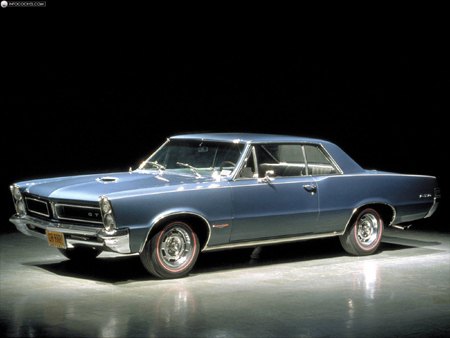














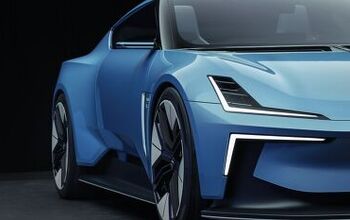


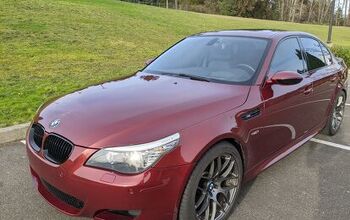
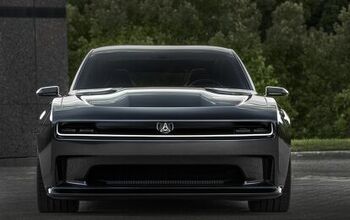
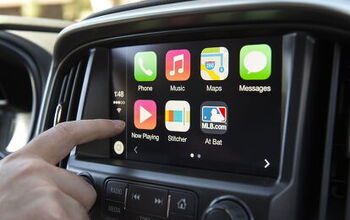
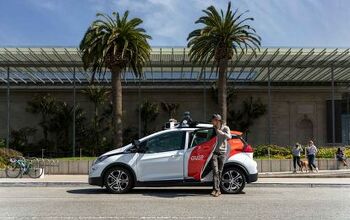


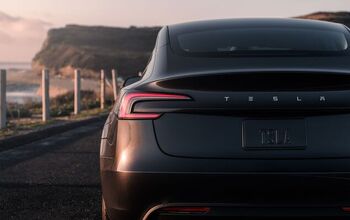
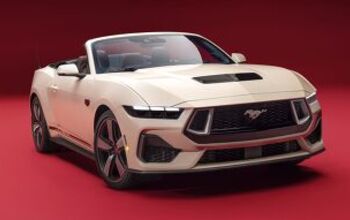


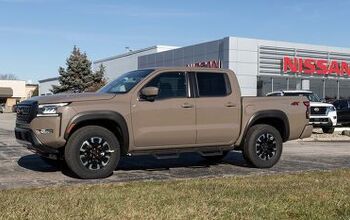
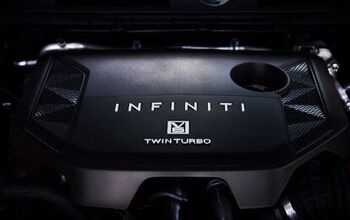

Comments
Join the conversation
I think that the Pontiac G6 is a handsome design (in the CamCord sense), but extremely poorly executed. Given an interior upgrade and a name change (Grand-Am?), I believe this car can be a hit. Of all the cars based on this platform, I believe it be the best looking. The availability of a coupe and convertible are big plusses.